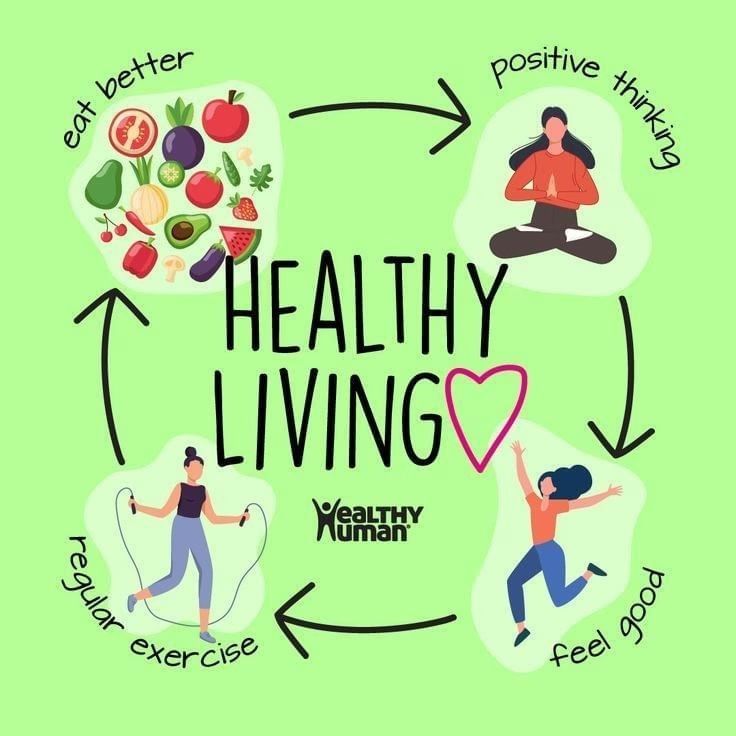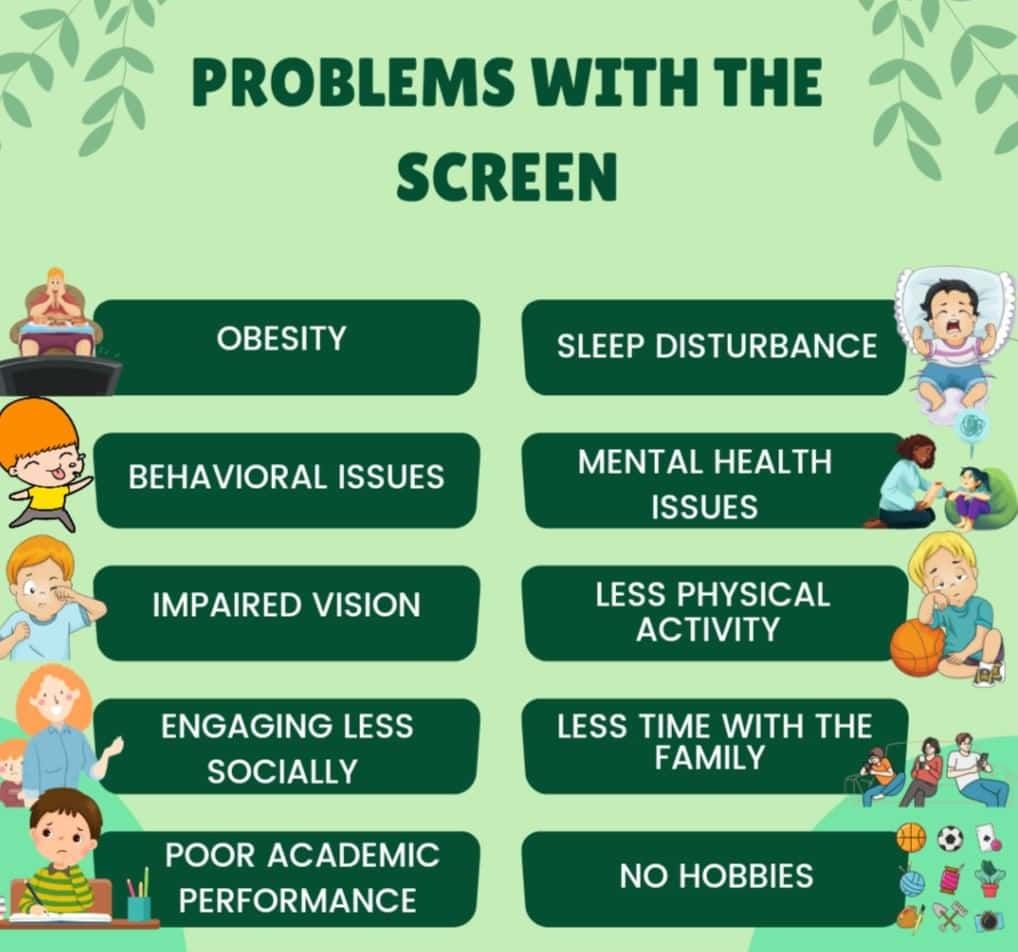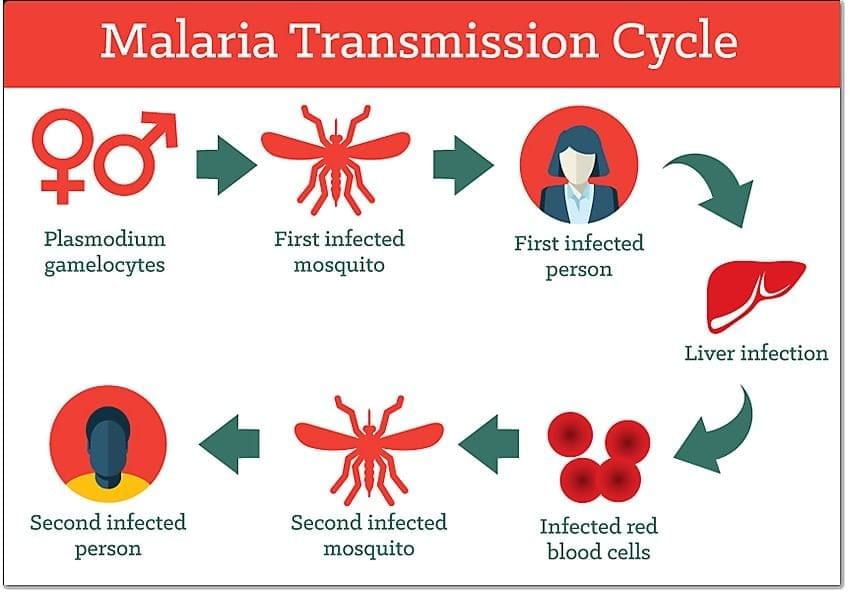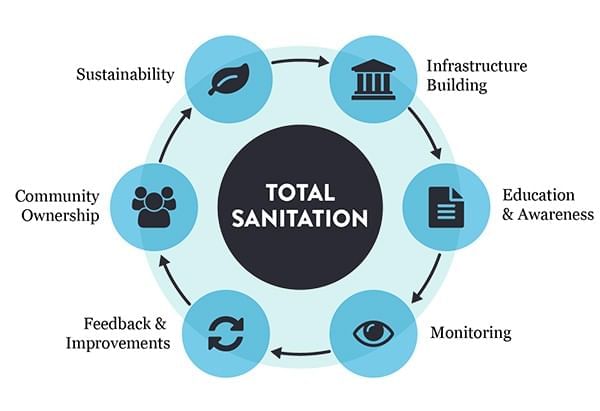Important Questions: Health: The Ultimate Treasure | Science Curiosity Class 8 - New NCERT PDF Download
Short Answer Questions
Q1: How do antibiotics work, and why is it important to complete the prescribed course of antibiotics?
Ans: Antibiotics are medicines that kill or inhibit the growth of disease-causing microorganisms. It's essential to complete the prescribed course to ensure all the pathogens are eliminated. Incomplete courses may lead to the development of antibiotic-resistant strains and make future infections more challenging to treat.
Q2: Differentiate between communicable and non-communicable diseases, providing examples of each.
Ans:
Communicable diseases are caused by pathogens like bacteria, viruses, protozoa, or worms, and spread from one person to another. Examples: Tuberculosis, Chickenpox, Cholera.
Non-communicable diseases are not caused by germs and do not spread between people. They are linked to lifestyle, diet, or environment. Examples: Diabetes, Cancer, Asthma.
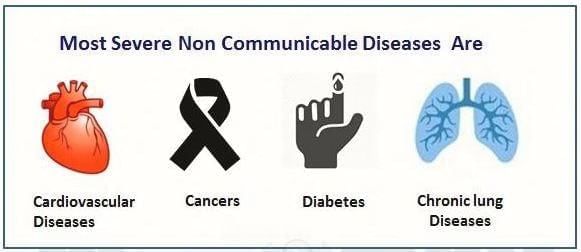
Q3: Elaborate on the significance of vaccines in preventing diseases. How do vaccines work at the molecular level?
Ans: Vaccines are preventive tools that train the immune system to recognise and fight harmful pathogens. They may be made from weakened or dead germs, or harmless parts of a pathogen. At the molecular level, they expose the body to these parts, helping the immune system “remember” and respond quickly if exposed to the real disease. This provides acquired immunity and prevents serious infections.
Q4: Describe the role of antibiotics in controlling microbial infections. Why is it crucial to use antibiotics responsibly?
Ans: Antibiotics help control bacterial infections by killing disease-causing bacteria. However, if overused or misused, bacteria can become resistant, making infections harder to treat. Responsible use means taking antibiotics only when prescribed, in the correct dose and duration, to keep them effective for future generations.
Q5. How can we prevent the spread of communicable diseases?
Ans: Prevention involves:
Washing hands regularly
Covering mouth and nose while coughing/sneezing
Wearing masks in crowded areas
Avoiding sharing personal items like towels
Keeping surroundings, food, and water clean
Using mosquito nets and repellents for vector-borne diseases
Vaccination to protect against specific pathogens
Multiple Choice Qs (MCQ)
Q 1: Which definition best captures the meaning of health?
(a) A state of complete physical, mental, and social well-being
(b) Absence of disease
(c) Ability to exercise without fatigue
(d) Eating a balanced diet daily
Answer: (a)
Health is defined by WHO as “a state of complete physical, mental, and social well-being, and not merely the absence of disease.
Q2: Which factor most directly worsened the student’s health?
(a) Changing city only
(b) Increased screen time and reduced social interaction
(c) Eating spicy food
(d) Drinking less water
Answer: (b)
The boy’s health worsened because of increased screen time and reduced social interaction, leading to loneliness, headaches, and poor sleep.
Q3: Which habit directly aligns with “maintain a healthy lifestyle”?
(a) Skipping breakfast to reduce calories
(b) Exercising once a month
(c) Drinking only fruit juices daily
(d) Limiting screen time and spending time in nature
Answer: (d)
Maintaining a healthy lifestyle includes limiting screen time and spending time in nature, along with exercise, good diet, and sleep.
Q4: Which statement best differentiates a “sign” from a “symptom” in illness?
(a) Signs are felt; symptoms are measured
(b) Symptoms are subjective; signs are observable or measurable
(c) Symptoms are seen only by doctors; signs only by patients
(d) Signs occur in mental illness; symptoms in physical illness
Answer: (b)
Symptoms are what we feel (like pain, tiredness), while signs are observable or measurable (like fever, rash, swelling).
Q5: Which disease is correctly classified as non-communicable?
(a) Typhoid
(b) Chickenpox
(c) Diabetes
(d) Measles
Answer: (c)
Diabetes is a non-communicable disease linked to lifestyle and not caused by pathogens.
Q6: Which pairing of disease and typical route of spread is correct?
(a) Malaria — via mosquito vector
(b) Measles — by contaminated water
(c) Cholera — by air
(d) Tuberculosis — via contaminated food
Answer: (a)
Malaria is caused by protozoa and spread by mosquito vectors.
Q7: Which preventive step is common to multiple air- or contact-spread infections?
(a) Wearing long-sleeved clothes only
(b) Boiling all foods before eating
(c) Covering mouth and nose while coughing/sneezing and handwashing
(d) Daily antibiotic prophylaxis
Answer: (c)
Covering mouth and nose while coughing/sneezing and frequent handwashing prevents air- or contact-spread diseases like flu, cold, and TB.
Q8: Which statement about vaccines is accurate?
(a) Vaccines cure infections after symptoms start
(b) Vaccines prevent disease by training the immune system
(c) Only live, whole pathogens can be used to make vaccines
(d) Vaccines protect individuals but not communities
Answer: (b)
Vaccines prevent disease by training the immune system to recognise and fight pathogens before illness occurs.
Q 9: Why are antibiotics ineffective against viral infections like influenza?
(a) Viruses are too large to be targeted
(b) Antibiotics instantly become toxic in viral illness
(c) Viruses cannot cause disease
(d) Antibiotics act on bacterial structures not present in viruses
Answer: (d)
Antibiotics act on bacterial cell structures, which viruses lack, so they are ineffective against viral infections like influenza.
Q10: Which practice most effectively reduces the community spread of antibiotic resistance?
(a) Using leftover antibiotics for any fever
(b) Completing prescribed courses only when symptoms persist
(c) Taking antibiotics only when prescribed, in correct dose and duration
(d) Switching antibiotics mid-course to stronger ones
Answer: (c)
To prevent antibiotic resistance, antibiotics should be taken only when prescribed, in correct dose and duration.
Q 11: Which pairing is correct regarding water/food-borne diseases?
(a) Typhoid — virus infecting lungs
(b) Hepatitis A — virus infecting liver
(c) Cholera — protozoa infecting blood
(d) Ascariasis — bacteria infecting stomach
Answer: (b)
Hepatitis A is a virus that infects the liver and spreads through contaminated food/water.
Q12: Which preventive approach addresses both communicable and non-communicable disease risks?
(a) Balanced diet, regular exercise, hygiene, clean environment
(b) Exclusive focus on medicines
(c) Only vector control
(d) Only vaccination campaigns
Answer: (a)
A balanced diet, regular exercise, hygiene, and clean environment reduce both communicable and non-communicable disease risks.
Q13: Which scenario best illustrates “immunity” and “acquired immunity”?
(a) Feeling energetic after a nap
(b) Developing protection after vaccination against measles
(c) Sweating during exercise
(d) Gaining muscle after weight training
Answer: (b)
Acquired immunity develops after vaccination, e.g., measles. Vaccine trains the immune system to fight the disease.
Q14: Which public health action directly lowers diarrheal diseases in communities?
(a) Community-led sanitation and toilet use
(b) Mandatory gyms
(c) Distribution of sunglasses
(d) Night-time curfews
Answer: (a)
Community-led sanitation and toilet use directly reduce diarrhoeal diseases (like cholera, typhoid).
Q15: Which preventive measure is most specific for vector-borne diseases like dengue and malaria?
(a) Avoiding sharing towels
(b) Using mosquito nets/repellents and removing stagnant water
(c) Wearing masks in crowded places
(d) Boiling milk before drinking
Answer: (b)
Vector-borne diseases like dengue and malaria are prevented by mosquito nets, repellents, and removing stagnant water.
|
59 videos|235 docs|13 tests
|
FAQs on Important Questions: Health: The Ultimate Treasure - Science Curiosity Class 8 - New NCERT
| 1. What are the key components of good health? |  |
| 2. How does nutrition impact overall health? |  |
| 3. What are some common health practices to adopt for a healthier lifestyle? |  |
| 4. Why is mental health considered just as important as physical health? |  |
| 5. What is the significance of regular health check-ups? |  |

